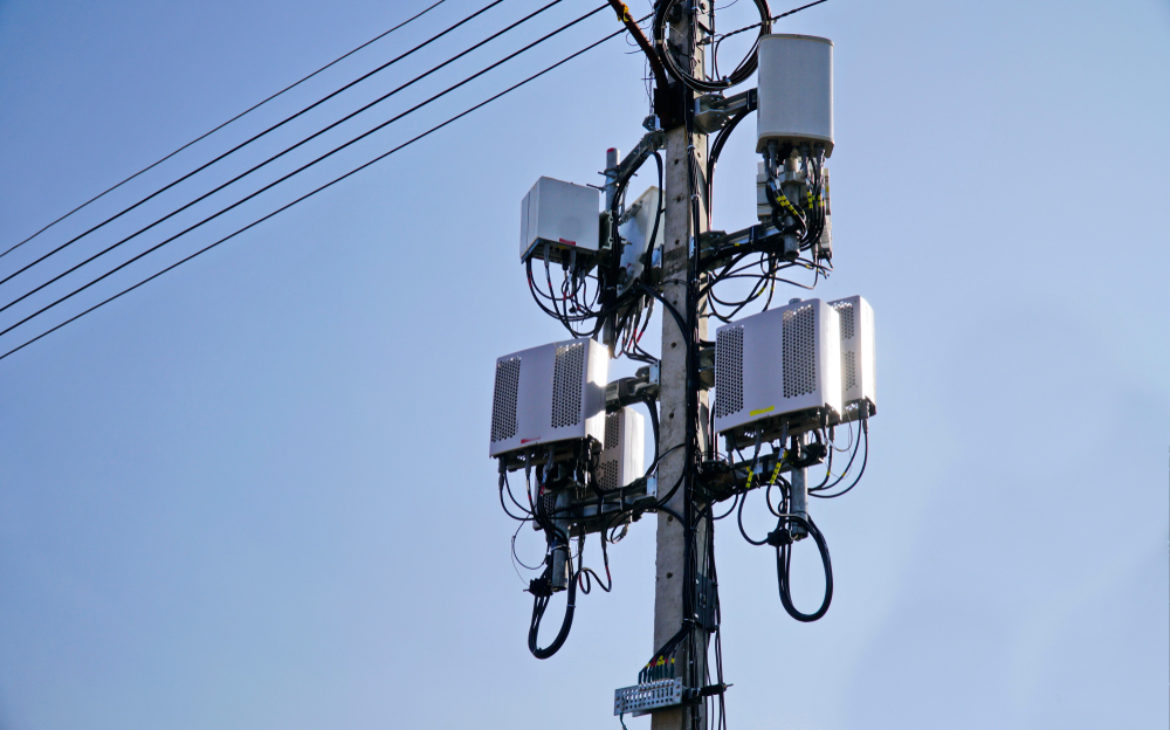Mobile network operators assure their customers that 5G will offer higher capacity, faster speeds, improved energy efficiency, lower RAN latency, and create massive connectivity. However, these come at the expense of soaring demands for mobile data traffic.
The amount of 5G mobile data traffic worldwide will reach 1,676 Exabytes in 2026, according to the 5G Small Cells application research report from technological intelligence company ABI Research, reflecting a Compound Annual Growth Rate (CAGR) of 63 percent. As a result of fast-growing data traffic, mobile network operators are required to upgrade their network capacity. With a limited number of new macro cell sites available and a limited number of 5G spectrums, The most feasible strategy – though also at a high cost – is the dense deployment of 5G small cells. Currently, Massive MIMO (mMIMO) macro cells have fulfilled 5G capacity demands, but these may not be sufficient, making small cells more crucial.
ABI Research expects there to be 13 million outdoor 5G small cell deployments by 2027, with the sum to surpass 4G a year later (via Mobile World Live).
“5G small cells complement macro cells, boosting network capacity and extending coverage in dense areas where signals are weak or unavailable. They also allow network operators to derive more value from their existing spectrums by exploiting them more efficiently,” Fei Liu, 5G & Mobile Network Infrastructure Industry Analyst at ABI Research, explains. “Compared to the previous generation small cells, 5G small cells face more challenges in design and performance. 5G small cells need to be smaller and lighter while supporting larger bandwidths such as 100MHz and 200MHz. With 5G, there is a wider range of deployment scenarios, forcing vendors to provide comprehensive solutions to support every need.”
In the consumer market, mobile network providers in most nations are focused on the rollout of 5G macro cells. The timing and severity of the network capacity constraint are determined by the actual rate of data traffic growth. Around 2025, when network capacity on the C-band should run out in the absence of additional spectrum or small cell densification, there will be mass deployments of 5G small cells. Both enterprises and industry verticals are already deploying 5G small cells for their private networks.
Liu recommends that mobile network operators initially deploy 5G small cells at locations with already established backhaul for macro cells: “5G small cells can co-exist with macro cells, and self-organising networks help minimise risks from interferences between cells. Alternatively, mobile network operators should deploy different frequency bands on small and macro cells.”
